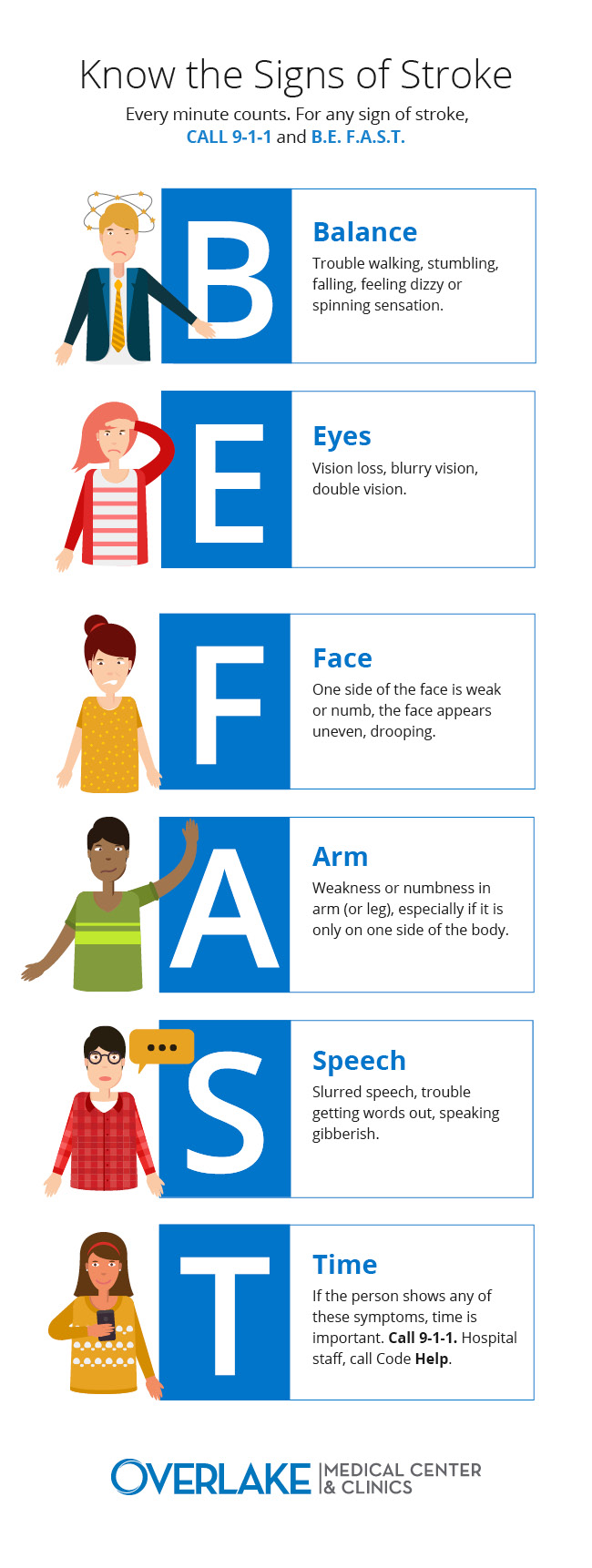Know Your Risk Factors for Stroke
Stroke is a leading cause of death and serious disability in the U.S., but knowing your risk factors and making healthy lifestyle changes can lower your risk and help prevent stroke.
Stroke is a leading cause of death and serious disability in the U.S., impacting not just patients but also loved ones who are often called upon to be round-the-clock caregivers. Some risk factors for stroke, such as race and a family history of stroke, can’t be changed. But other risk factors—such as high blood pressure—can be treated, and making healthy lifestyle changes can lower your risk and help prevent stroke.
In addition to high blood pressure, other risk factors include smoking, prior heart attack, diabetes, atrial fibrillation (a type of irregular heartbeat), severe atherosclerosis (hardening of the arteries), elevated cholesterol or triglycerides, physical inactivity, obesity and being over the age of 65.
If you have a condition that puts you at risk for stroke—like high blood pressure, diabetes or high cholesterol—primary care physician Frida Pena Benitez, MD, of Overlake Clinics Primary Care Sammamish recommends working with your healthcare provider to ensure the conditions are well controlled and checked regularly. She also stresses the importance of taking any needed medication, at the correct dose.
“Regular daily exercise and a well-balanced diet are the keys to prevention,” says Dr. Pena Benitez. She suggests including fruits and vegetables with all three meals, limiting processed foods and carbohydrates like breads, pastas, sweets and white rice, and getting 30 minutes of aerobic activity each day, such as brisk walking, jogging, running or riding a bike.
Although some people may be at a higher risk than others, stroke can happen to anyone at any time, regardless of race, sex or age. BE FAST (see below) and know the signs of stroke. If you suspect stroke, do not wait to see if symptoms go away; call 911 immediately.
Regular checkups with a primary care provider can help you prevent medical problems and manage chronic conditions. To understand and control your stroke risk, schedule an appointment with a primary care provider today.









